The South China Karst, a UNESCO World Heritage Site since June 2007, spans the provinces of Guangxi, Guizhou, and Yunnan. It is noted for its karst features and landscapes as well as rich biodiversity. The site comprises three clusters: Libo Karst, Shilin Karst and Wulong Karst. UNESCO describes the South China Karst as “unrivalled in terms of the diversity of its karst features and landscapes”. It contains the most significant types of karst landforms, including tower karst, pinnacle karst and cone karst formations, along with other spectacular characteristics such as natural bridges, gorges and large cave systems.
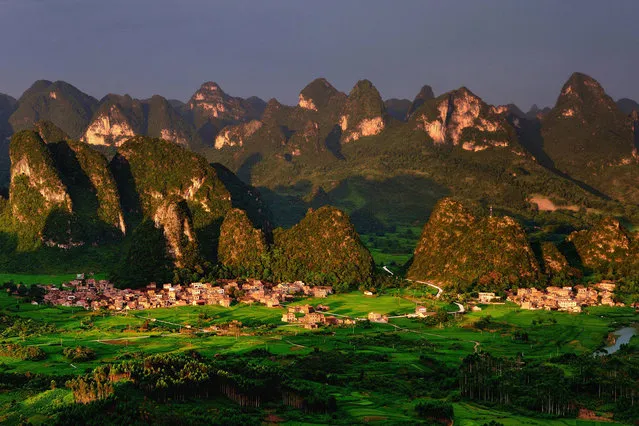
File photo taken on July 3, 2012 shows the scenery of karst landform in Dacai Township under Maonan Autonomous County of Huaijiang, south China's Guangxi Zhuang Autonomous Region. The World Heritage Committee on Monday inscribed an extension of South China Karst, a natural World Heritage Site since 2007, into the UNESCO's World Heritage List. (Photo by Wang Xiufa/Xinhua)
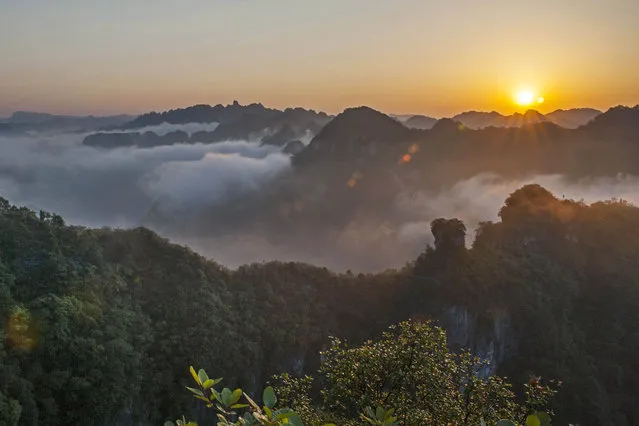
File photo taken on June 11, 2013 shows the scenery of karst landform in Shibing County, southwest China's Guizhou Province. (Photo by Wang Xiufa/Xinhua)
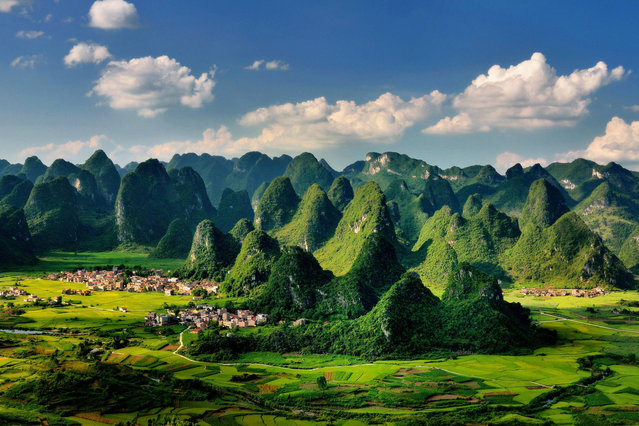
File photo taken on July 24, 2011 shows the scenery of karst landform in Dacai Township under Maonan Autonomous County of Huaijiang, south China's Guangxi Zhuang Autonomous Region. (Photo by Wang Xiufa/Xinhua)
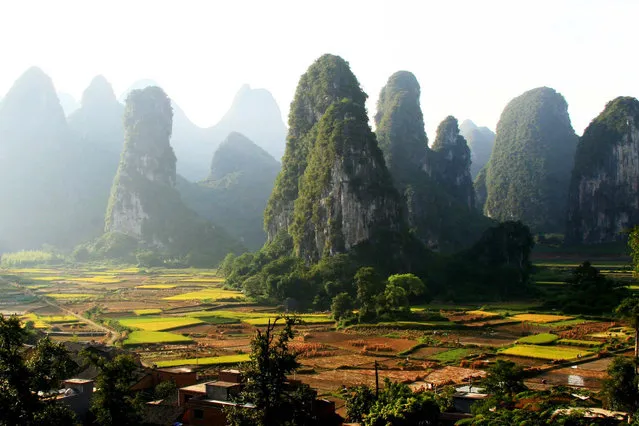
File photo taken on July 30, 2011 shows the scenery of karst landform in the valley along the Lijiang River in Guilin, south China's Guangxi Zhuang Autonomous Region. (Photo by Wang Cuirong/Xinhua)
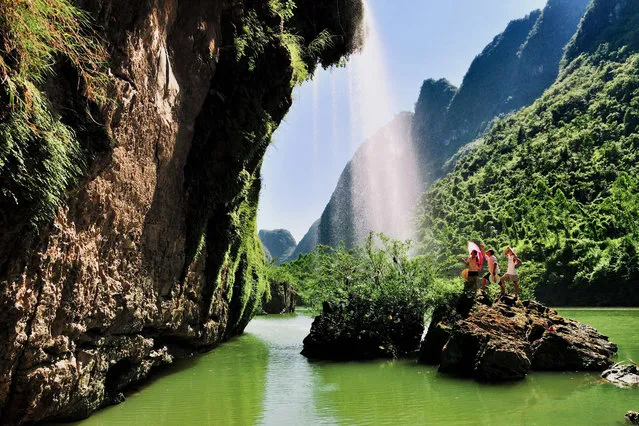
File photo taken on September 18, 2010 shows the scenery of karst landform in Changmei Village under Maonan Autonomous County of Huaijiang, south China's Guangxi Zhuang Autonomous Region. (Photo by Wang Xiufa/Xinhua)
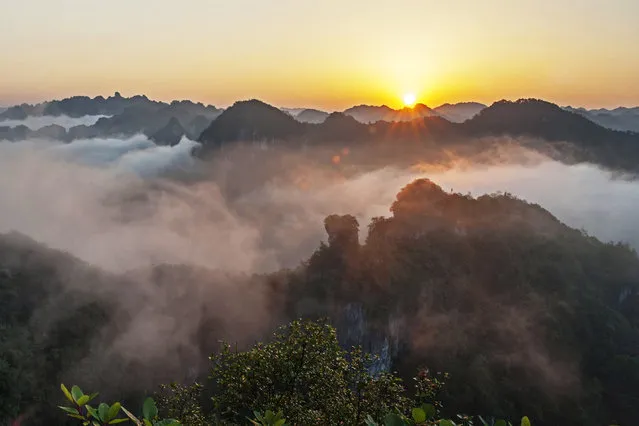
File photo taken on June 11, 2013 shows the scenery of karst landform in Shibing County, southwest China's Guizhou Province. (Photo by Peng Yanhai/Xinhua)
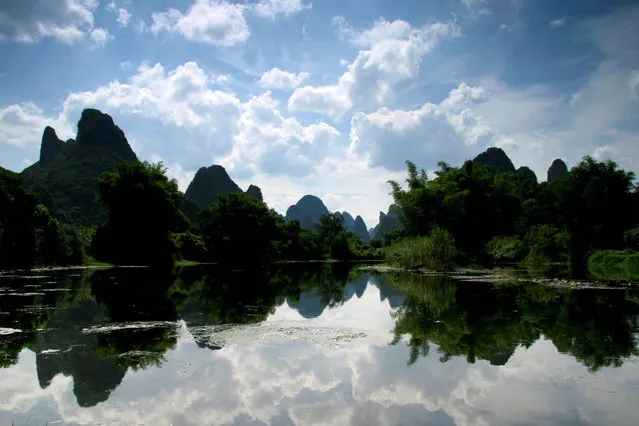
File photo taken on August 14, 2011 shows the scenery of karst landform in Yangshuo County of Guilin, south China's Guangxi Zhuang Autonomous Region. (Photo by Wang Cuirong/Xinhua)
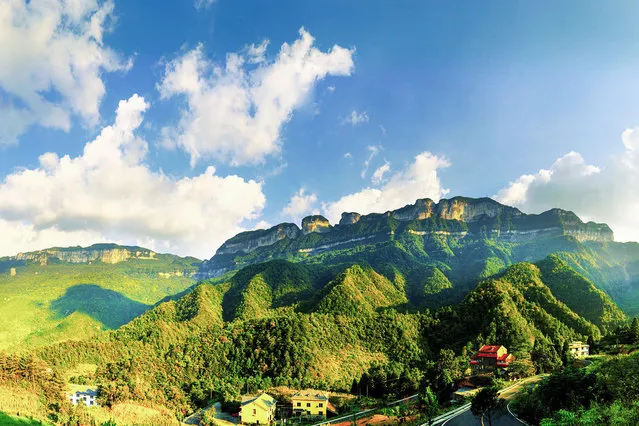
File photo taken on August 24, 2011 shows the scenery of karst landform in the Jinfo (Golden Buddha) Mountain, southwest China's Chongqing Municipality. (Photo by Qu Mingbin/Xinhua)
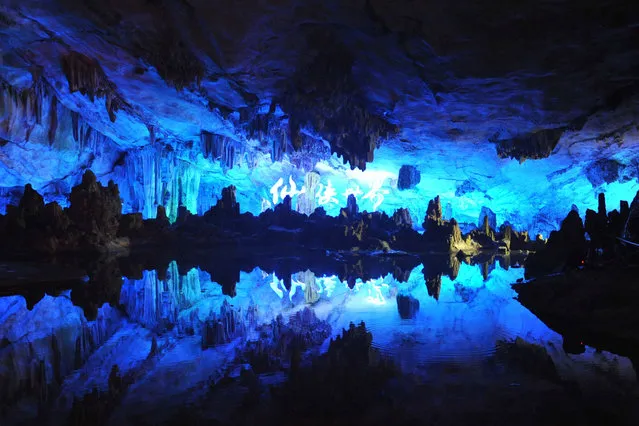
Photo taken on April 9, 2013 shows the scenery of stalactites inside the Reed Flute Cave in Guilin, south China's Guangxi Zhuang Autonomous Region. (Photo by Lu Bo'an/Xinhua)
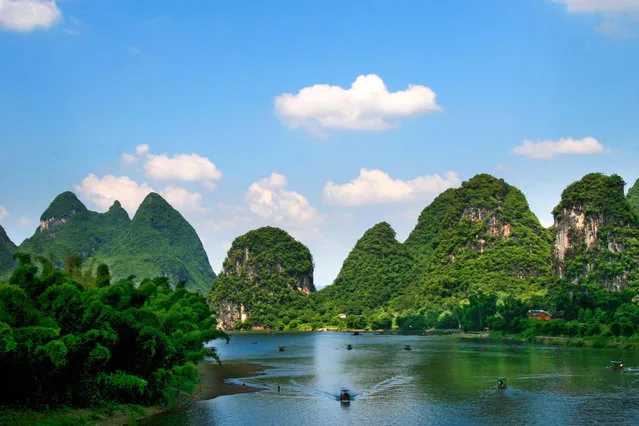
File photo taken on July 24, 2011 shows the scenery of karst landform in the scenic spot of Lijiang River in Guilin, south China's Guangxi Zhuang Autonomous Region. (Photo by Wang Cuirong/Xinhua)
07 Aug 2014 10:19:00,
post received
0 comments
